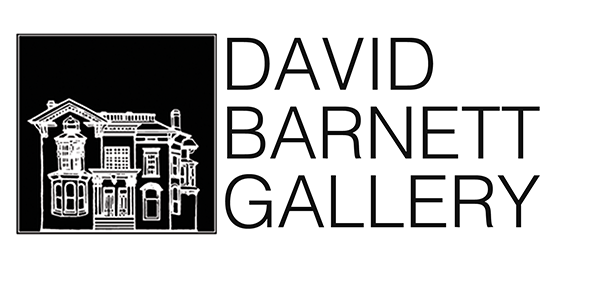

Paradise Flycatchers
Artist: Louis Prang
Price:
$1,377.50
Medium: Prints


More Details
Creation Date: 1885
Materials: Original chromolithograph
Dimensions: 18" x 1" x 9"
Finish: Framed

About The Artist
Louis Prang (March 12, 1824 – September 14, 1909) was an American printer, lithographer, publisher, and Georgist. He is sometimes known as the "father of the American Christmas card". Prang's early activities in the US publishing architectural books and making leather goods were not very successful, and he began to make wood engravings for illustrations in books. In 1851 he worked for Frank Leslie, art director for Gleason's Pictorial Drawing-Room Companion, and later with John Andrew. In 1851, he married Rosa Gerber, a Swiss woman he had met in Paris in 1846. In 1856, Prang and a partner created a firm, Prang and Mayer, to produce lithographs. The company specialized in prints of buildings and towns in Massachusetts. In 1860, he bought the share of his partner, creating L. Prang and Company and began work in colored printing of advertising and other forms of business materials. The firm became quite successful, and became known for war maps, printed during the American Civil War and distributed by newspapers. In 1864, Prang went to Europe to learn about cutting-edge German lithography. Returning the next year, Prang began to create high quality reproductions of major art works. Prang also began creating series of popular album cards, advertised to be collected into scrapbooks, showing natural scenes and patriotic symbols. At Christmas 1873, Prang began creating greeting cards for the popular market in England and began selling the Christmas card in America in 1874. Therefore, he is sometimes called the "father of the American Christmas card." Prang is also known for his efforts to improve art education in the US, publishing instructional books and creating a foundation to train art teachers. Prang was an active supporter of women artists, both commissioning and collecting artworks by women. Many of his lithographs featured works by female artists, such as the botanical illustration of Ellen Thayer Fisher. In 1881, his company employed more than one hundred women.
More Galleries to Explore












 Facebook
Facebook
 Twitter
Twitter
 Email
Email

















![[QING DYNASTY PORTRAIT ALBUM]](https://d19sv06ke5lbyb.cloudfront.net/items/786-1701116531_d7ae56d31b0b6ab247d4.jpeg?format=auto&width=179&height=179)




